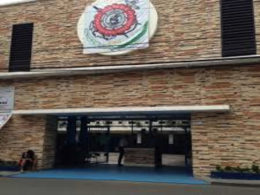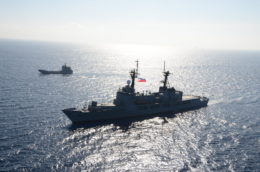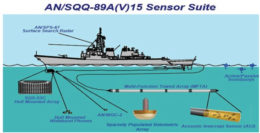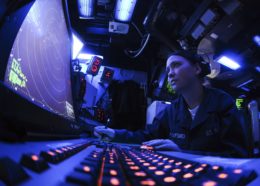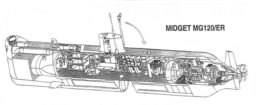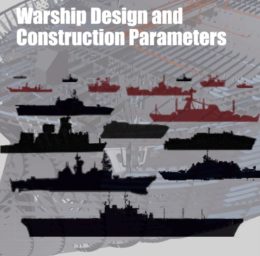NAMEI Polytechnic Institute and the Shipbuilding & Repair Industry
INTRODUCTION Don Felix B. Padilla was the first Filipino to graduate as a Naval Architect and Marine Engineer from the Massachusetts Institute of Technology (MIT, USA). Don Felix returned to the Philippines to share his learning and knowledge with his country and established the Naval Architecture and Marine Engineering Institute (NAMEI) in 1947. He wanted to give his fellow Filipinos…
